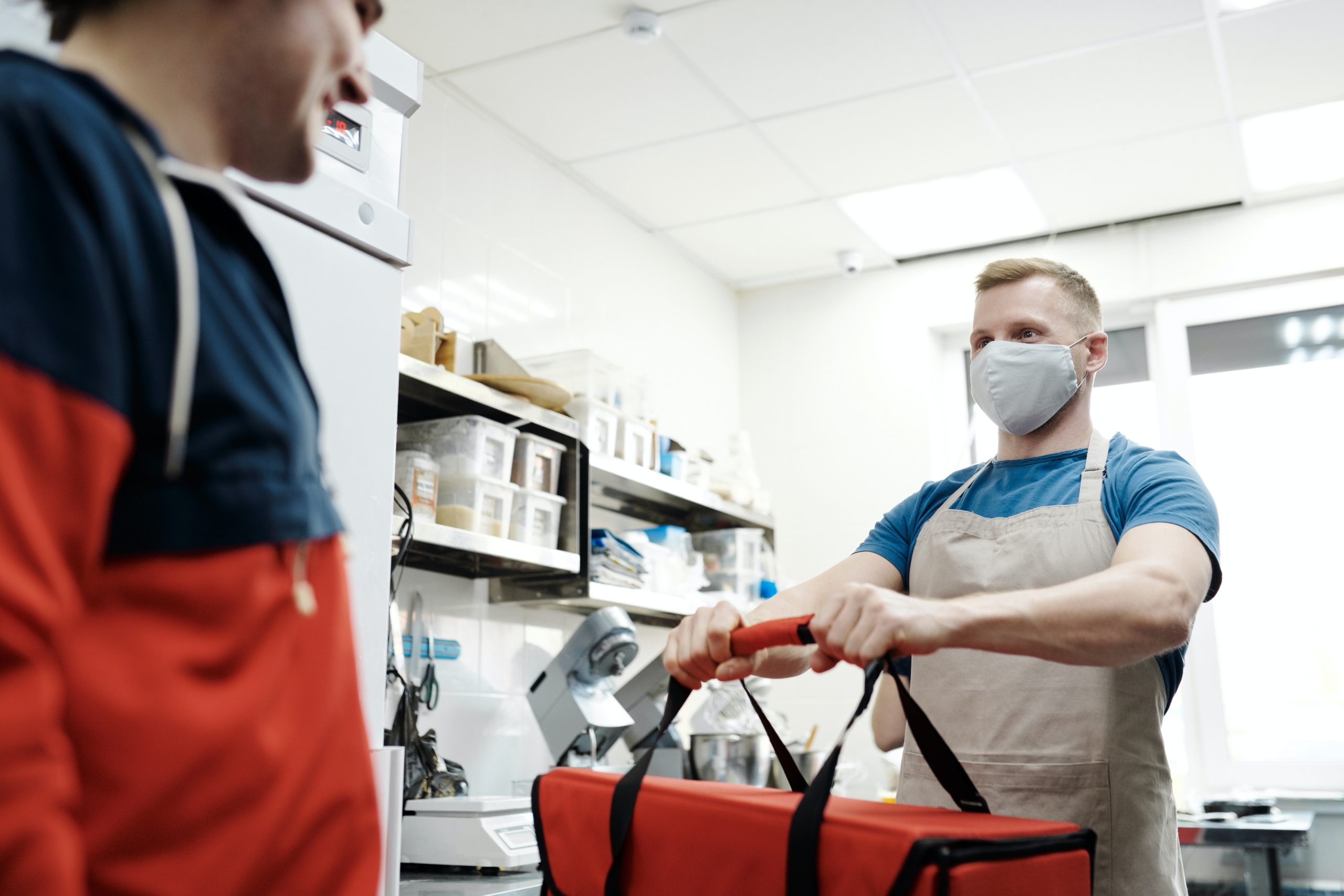Uber is Buying Postmates and More from the Food Delivery Space
In 2020, food delivery services are thriving. The demand for outsourced meal delivery solutions surged as the coronavirus pandemic shut down indoor dining while stay-at-home orders urged people to opt for to-your-door delivery services.
UberEats, Postmates, GrubHub, DoorDash, and other services stood as staples during the pandemic. But, as users are depending on their favorite services more than ever before, the market is getting smaller as companies collide.
Uber recently announced a $2.65 billion deal to purchase Postmates. This acquisition marks the largest merger for the food delivery industry at a time when the business is booming.
If you haven’t been doing so already, here’s why you need to be watching the food delivery sector.
The Value in Food Delivery
In the past, not every restaurant was compatible with food delivery services. Only a select few in every community were operational with these convenience-based order pick-up options.
However, the tables have turned during the pandemic as food delivery services became a necessity for restaurants to stay alive.
In the post-COVID world of business, this integration no longer stands as a commodity, luxury, or option – it’s a must. Even 5-star restaurants are fulfilling orders through services like UberEats, which before was unheard of.
Stats collected in the past few unprecedented months showcase the importance of third-party delivery apps. A small local restaurant reported that, before the coronavirus, it only saw about 20% of its orders being made through food delivery services. But, during the pandemic, a whopping 75% of orders are coming from these same apps.
For restaurants as a whole, 92% of traffic is now off-premise, while the average online order is 23% larger than in-person checks.
Consumers are concentrating their spending on these services right now, and it doesn’t seem like things are set to slow down anytime soon. In order to stay afloat and keep the orders coming, restaurants are linking up with third-party delivery service providers.
The future of the restaurant industry looks like it lies in the hands of delivery apps.
Keeping Up with Competitors
Even restaurants with their own delivery services are being forced to transition into the world of third-party delivery apps.
In today’s business atmosphere, restaurants that are not listed on delivery apps risk being overstepped by competitors. As customers stay at home and don’t know who’s open, it seems like an eatery’s delivery-app presence is their primary presence.
All About Trust
In a climate like this one, it’s not surprising that restaurant customers are choosing app-powered delivery services rather than the in-house model. This extreme funneling of business all boils down to trust.
With these tech-powered apps, consumers are able to track their orders from the kitchen to their door. They’ve already used these services in the past – and even if they haven’t, they surely know someone who has. These businesses are socially established and in good favor with consumers, so it’s no wonder why they’re beating any other alternative.
This monopoly on the restaurant scene is gaining momentum with the recent merger between Uber and Postmates. Be sure to keep an eye on this service industry as it’s set up for success in the future.


